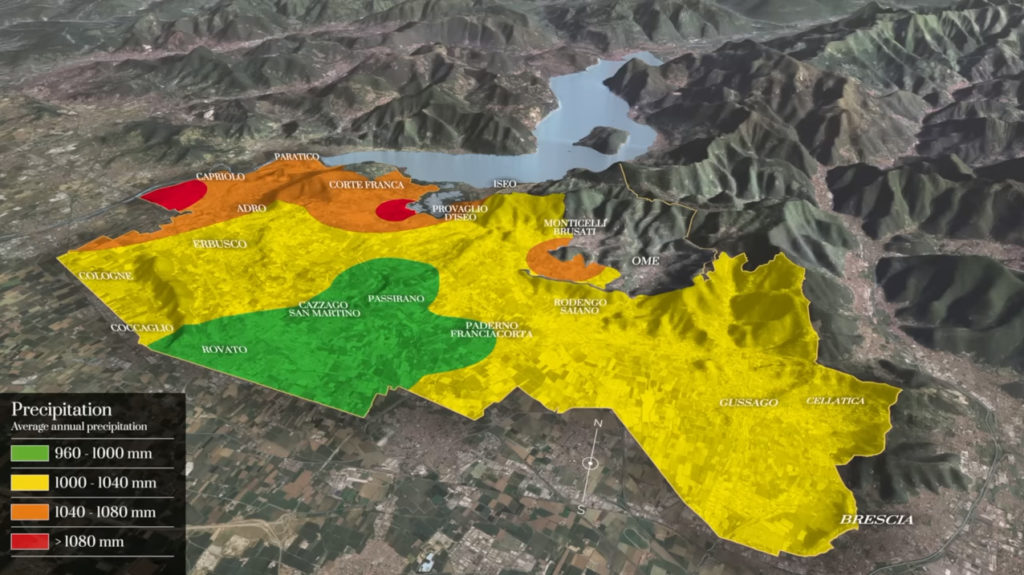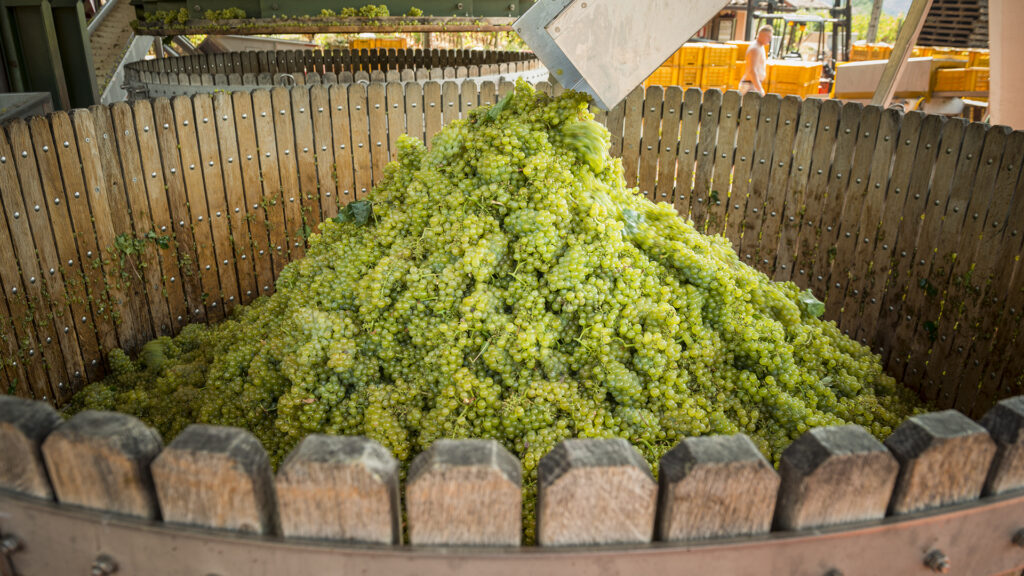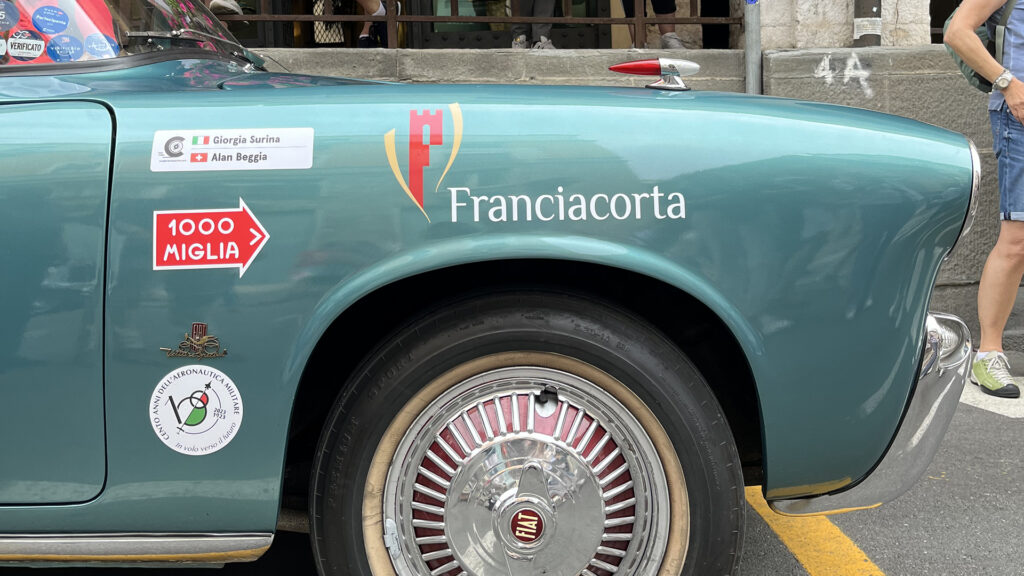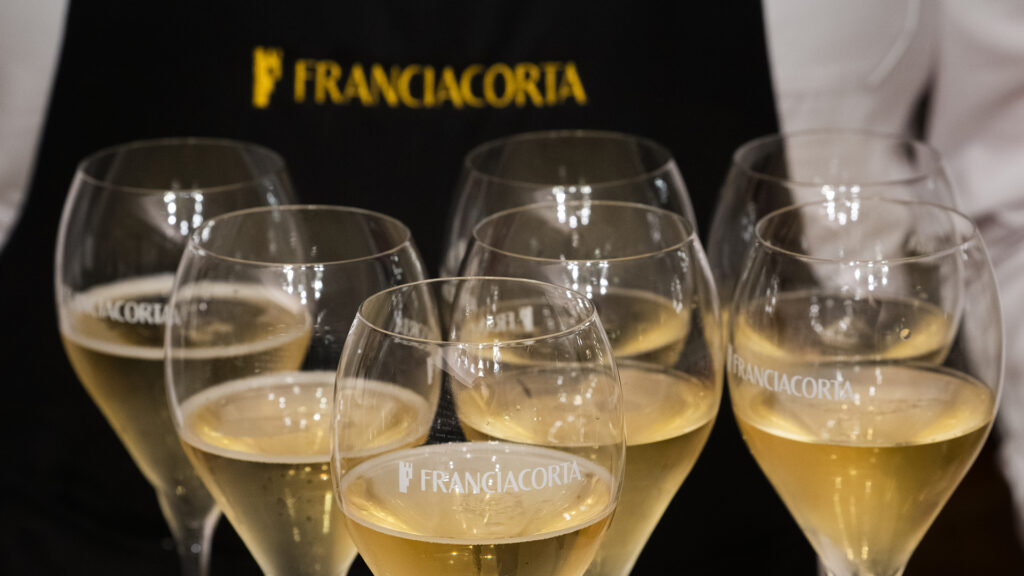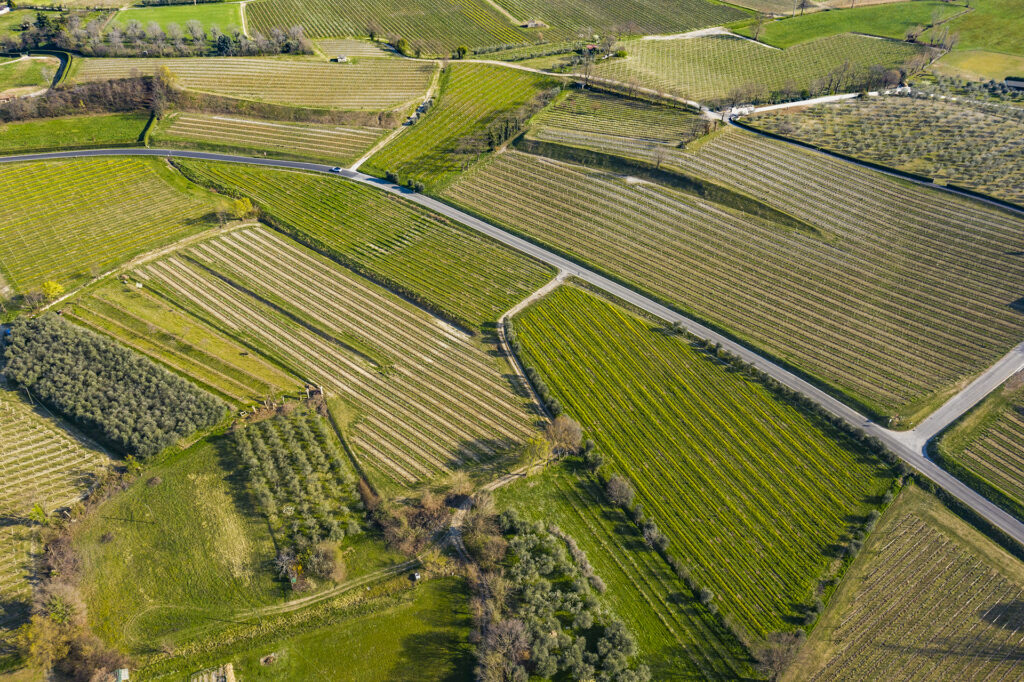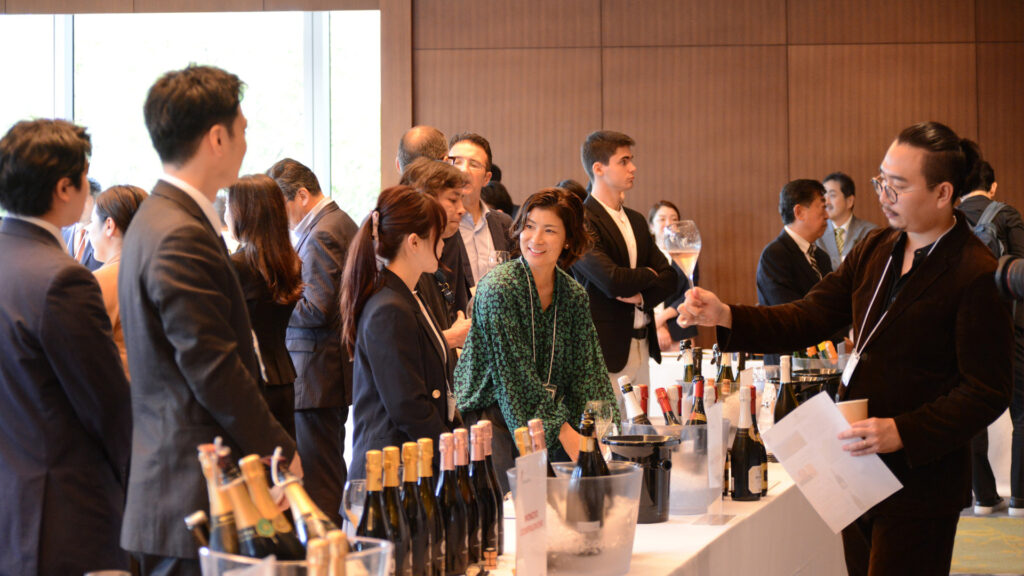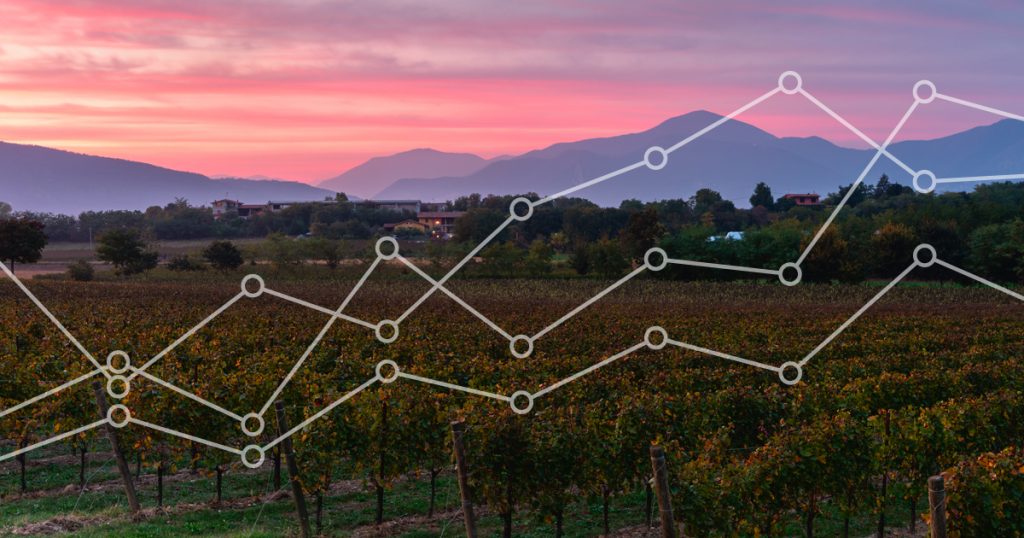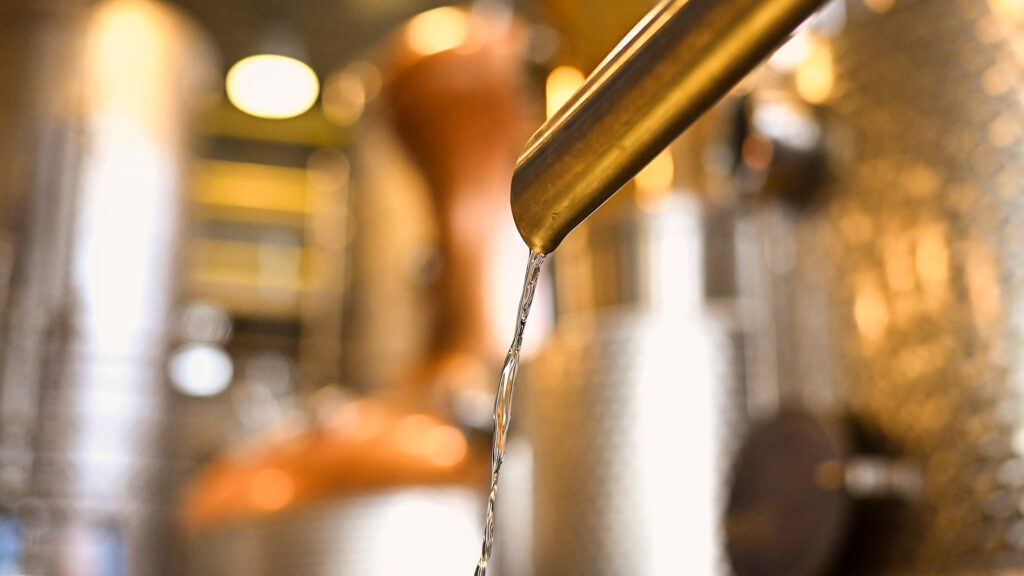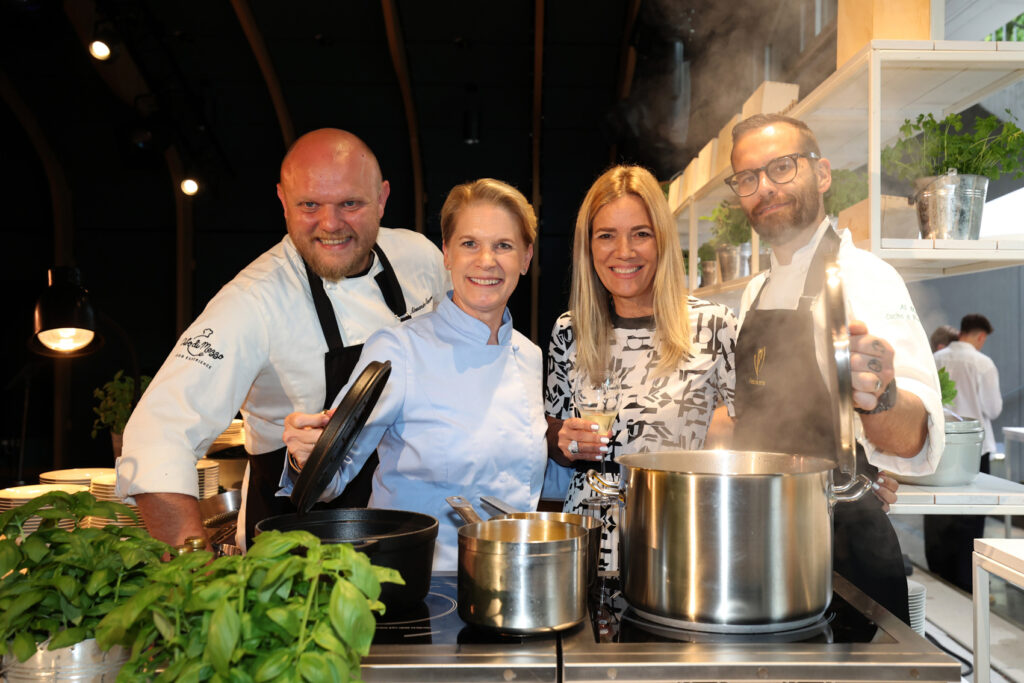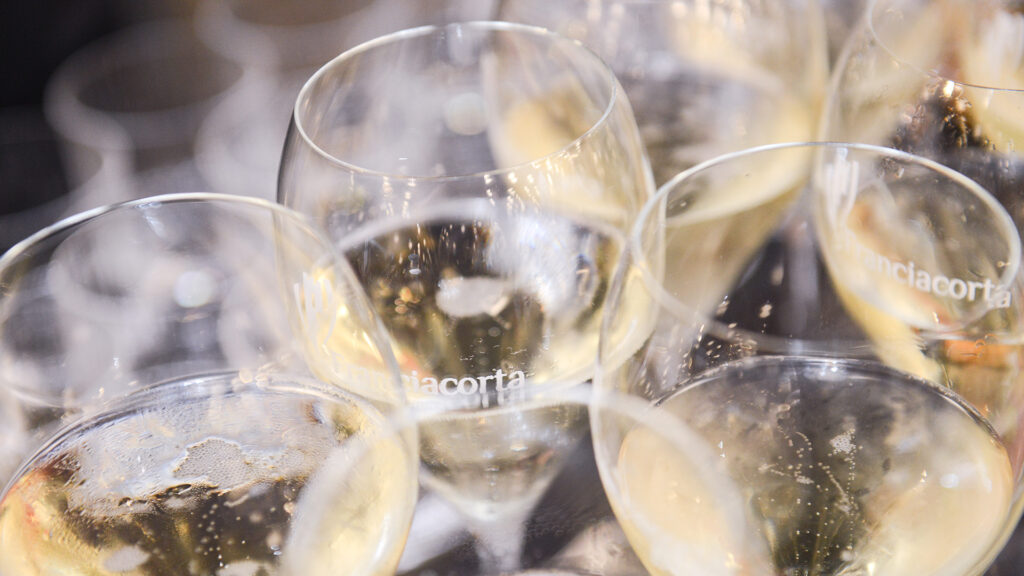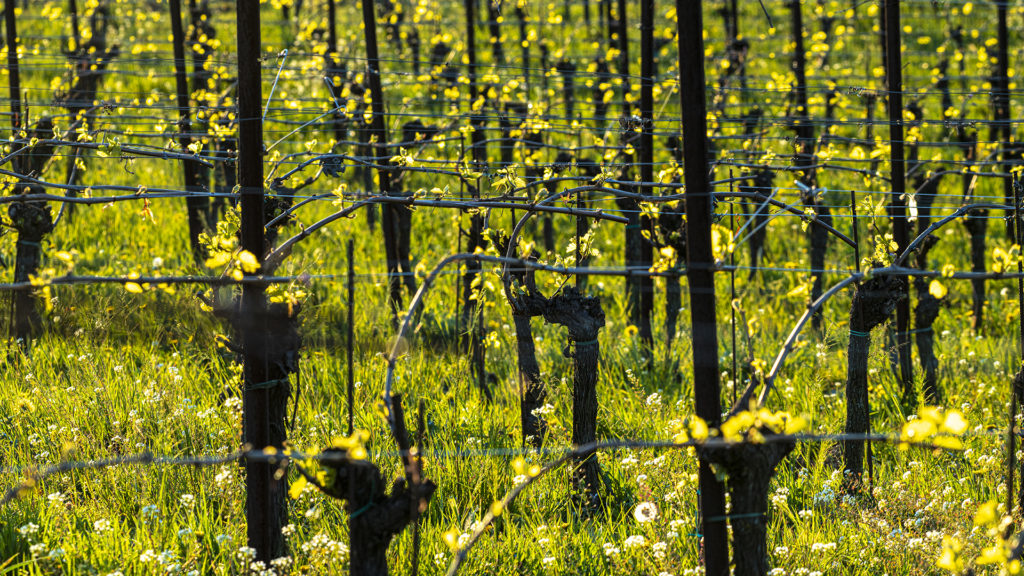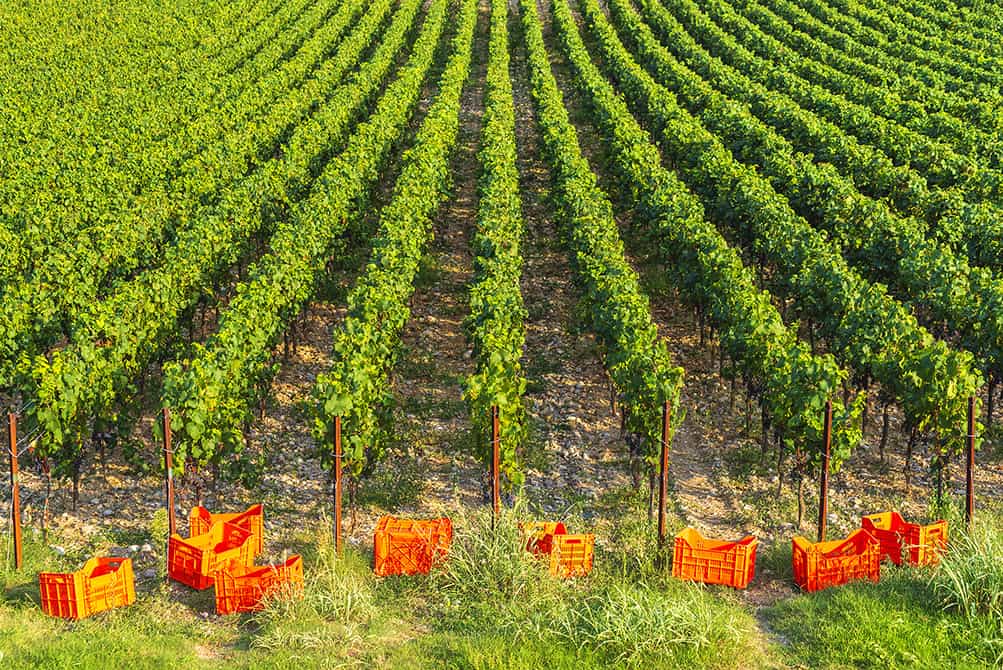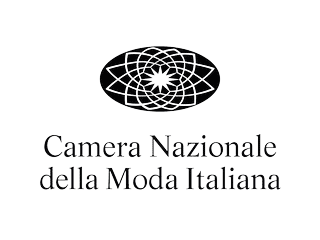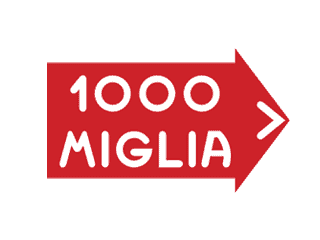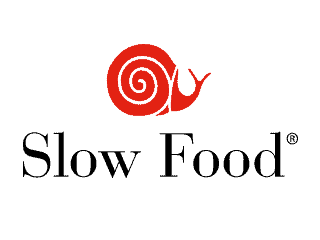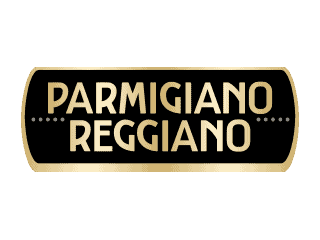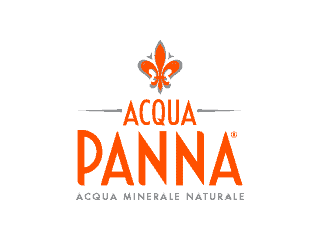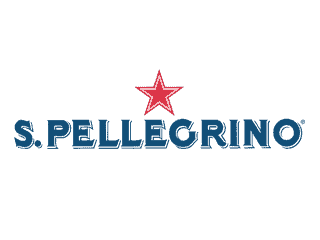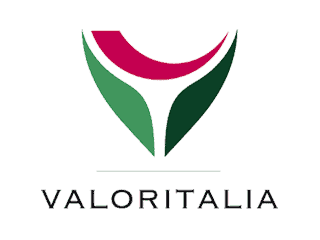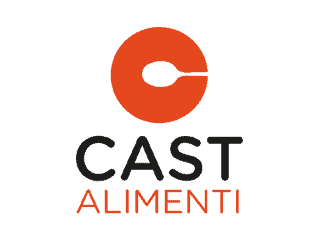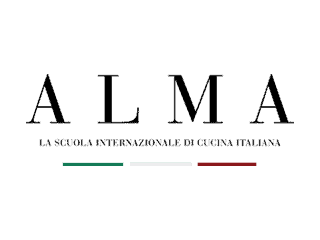It is only by measuring greenhouse gas emissions right through its production chain, and also the quantities of carbon dioxide ‘captured’ from the land, that the winemaking sector can reinforce its sustainability with concrete action and increase its credibility.
What can be defined ethically correct in business? Answering this question is less an individual desire on the part of entrepreneurs than a social demand in the context of every greater awareness of sustainability issues and attention to the balance between strictly economic considerations, on one hand, and social and environmental values, on the other. And whilst the initial input comes from responsible consumers expressing new demands which push the market in a certain direction, entrepreneurs can also ‘spontaneously’ choose to take stock of the impact of their businesses in the company strategy framework context. Because businesses cannot hope to focus community interest on their employment generation only, as a collateral effect of their profits. And neither is according with legal requirements enough now, at least for ‘intelligent’ consumers. Business people need to go beyond this. This does not mean sacrificing economic sustainability in favour of more ‘noble’ causes but narrowing the historic gap between the financial dimension, on one hand, and the socio-environmental dimension on the other, with potential benefits for the ecosystem as a whole. In the light of this, the more enlightened winemaking firms are transforming rights into opportunities, thus increasing the competitivity of a sector in which Italy is at the global forefront.
Franciacorta was the first of Italy’s winemaking regions to adopt an environmental-impact self-monitoring method to take stock of the greenhouse gases the production chain as a whole is responsible for with both its vineyard work and winemaking processes and everything bound up with them. However, the impact of the agricultural sector is by no means the highest as it has an important advantage: vines capture carbon dioxide as they grow and the soil acts as a huge carbon dioxide sink, thus contributing to reducing global warming. And increasing the quantities captured is inevitably a matter of sustainable viticulture.
This Brescia DOCG has answered the appeal which has gone out to all sector firms, not solely to ensure their future but also to mitigate the climate change whose impact on society as a whole is destined to increase, generating negative effects for all working practices. And as awareness is not enough on its own, for either the environment or public opinion, the decision has been taken to base our assessments on objective criteria. The tool which ensures this is carbon footprint measurement, i.e. the production chain’s total emissions data expressed in carbon dioxide equivalent units. The primary goal of this method is to show individual firms which production processes have the highest impact, to enable them to plan strategies of use in improving their work and also to raise their credibility with increasingly exacting international consumers.
The Italian Wine Carbon Calculator – or Ita.Ca® for short – was set up in 2009 as a result of the combined efforts of Studio Agronomico Sata and the Winemakers’ Federation of Australia, which worked together to adapt the International Wine Carbon Calculator (already recognised worldwide) to Italian production conditions, under the scientific supervision of Università degli Studi di Milano. The Italian calculator is based on the carbon footprint method and breaks the chain down into three distinct spheres: the primary footprint is direct fossil fuel CO2 emissions which include internal energy consumption for transport or other company work whilst the secondary impact measures indirect emissions caused by energy bought in from outside suppliers (e.g. the greenhouse gases generated by heating and cooling systems). Lastly, the tertiary footprint includes emissions caused by the whole lifecycle of the product and materials bought and used during the production cycle.
Firms choosing to measure themselves in this way are required to enter data such as the number of vehicles used, the fuel consumed, products used to combat diseases and water resource and waste management data into a software programme. The processing of this data produces emissions values for each individual activity and sphere. What marks Ita.Ca® out from the other international calculators is its estimates of the carbon captured in the vineyards, too, thus providing firms with a full-blown balance sheet incentivising constant performance improvements and reducing waste and excess.
It is the first of the three spheres which has the widest improvement margins, because management of the area farmed to vines would certainly benefit from scientific developments reducing uncontrolled use of chemicals which deplete the whole vineyard system. The responsibility of the consortia here is to foster dissemination of innovative techniques or simply give advice to winemakers. An example is the unitary regulations for the sustainable use of crop protection products, by which Franciacorta’s winemakers have adopted stricter limitations than those required by existing legislation, banning certain types of (legal) crop protection products and imposing stricter distribution quality controls.
Improving the second sphere requires considerable initial investments: the adoption of renewable energy sources, whilst strategically correct, is costly and the application and return on investment time frames are extremely lengthy. Despite this, the number of firms installing solar panels is growing because, whilst adopting low consumption technologies is more accessible and the returns are shorter term, it is not the most effective and beneficial solution in the long term.
The greatest emissions derive from the tertiary sphere, however, in which the packaging world is the main weak point as a result of the high impact of glass bottles. Whilst this is the most high impact process, it is also the phase which firms are only indirectly responsible for. Strategic investment designed to research new packaging methods has the potential to ensure long term results but the costs involved are high. And a solution to the problem is by no means easy as it is a matter of finding containers suitable for wines with significant internal pressure. A more realistic alternative is to lower the environmental impact bound up with glass production with joint recycling projects together with other chain players and bottle weight reductions.
Ita.Ca®, in line with International Organisation of Vine and Wine (OIV’s GHGAP) protocols, contributes to strengthening the idea of measurable sustainability which is also more reliable, in the hope that one day the winemaking sector will be able to proudly lay claim to having slowed down global warming as a virtuous example for the whole economic system.

